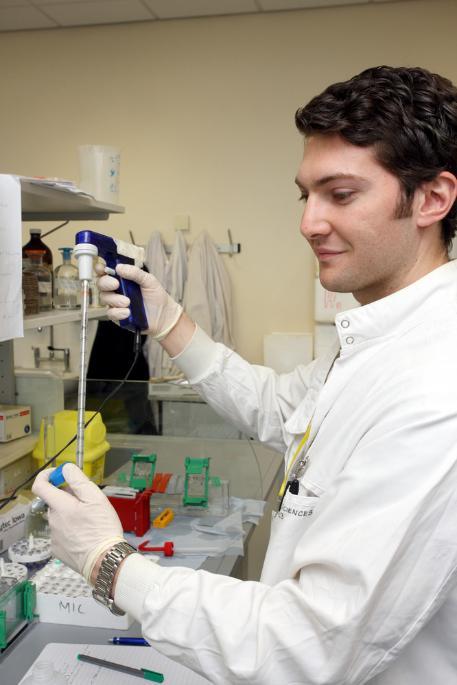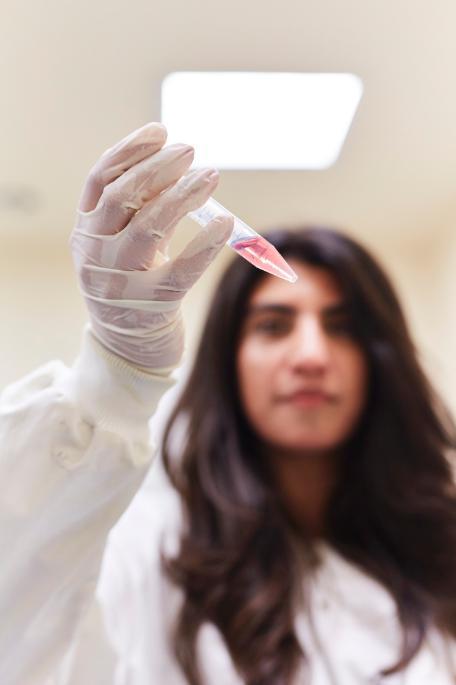Postgraduate study
What postgraduate study can do for you
The decision to continue with, or go back into education at the postgraduate (PG) level can be a daunting one. The course, the cost, the location and whether it will really give your career the boost you hope for are all important factors to consider. Here at the School of Chemistry and Biosciences at the University of Bradford we take the stance that PG study, at any level, should be research focused, industry appropriate and carried out in world-class facilities.
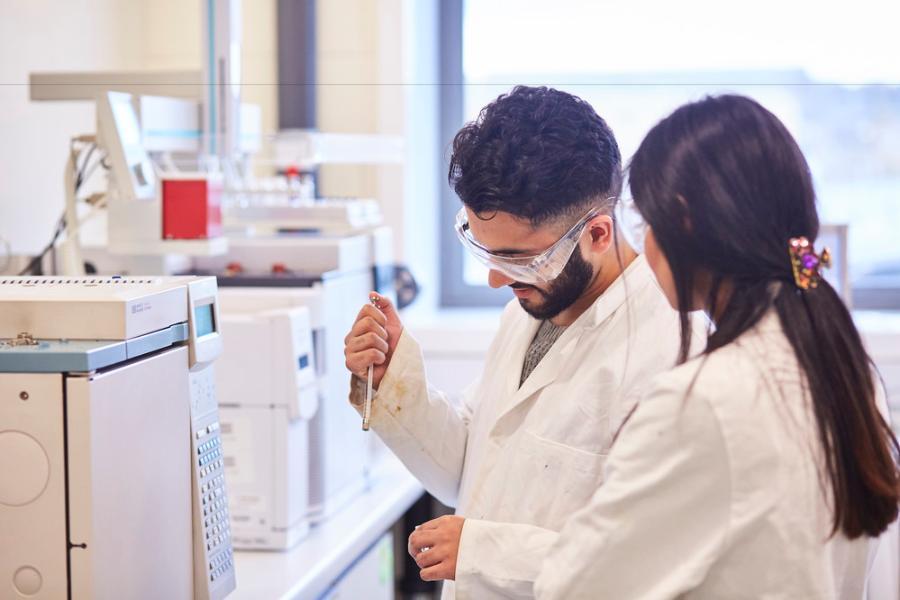
PhD (Research)
We are always interested in taking on postgraduate students as PhD candidates, to build their research career and assoist them in developing new technologies and understanding. If you are interested in working with an academic on a relevant area of research, you will need to discuss your proposed field of research in detail with the proposed supervisor in the school.
Your proposed supervisor will submit a research proposal which will be assessed to ensure that the University can provide the necessary supervision, equipment and research materials. We need to know details about your proposed research topic, and also be assured that you have the prerequisite knowledge and experience.
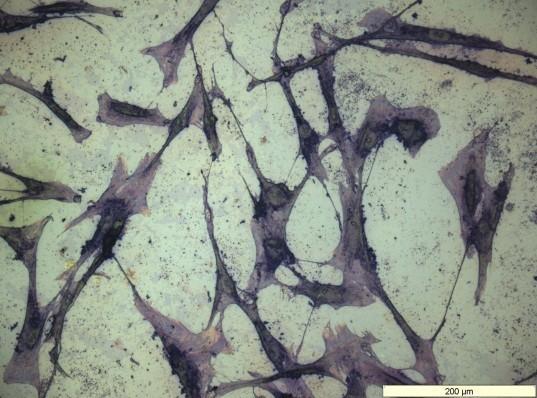
Prof. S. Rimmer, Dr W. Martin
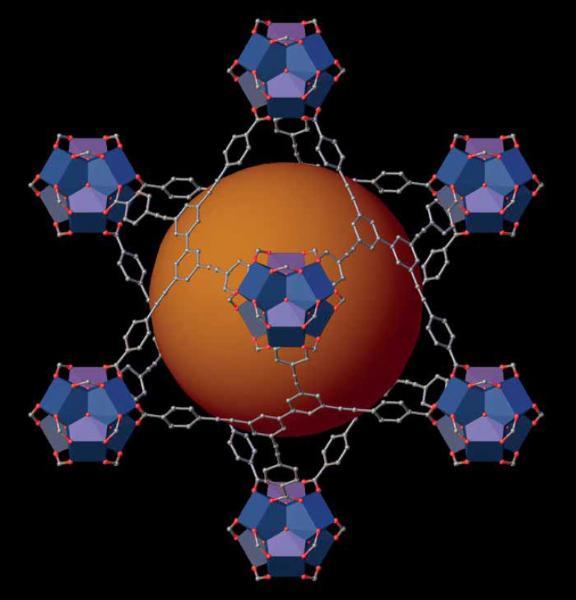
Dr Sanjit Nayak, Dr Maria Katsikogianni, Dr Michael Chen
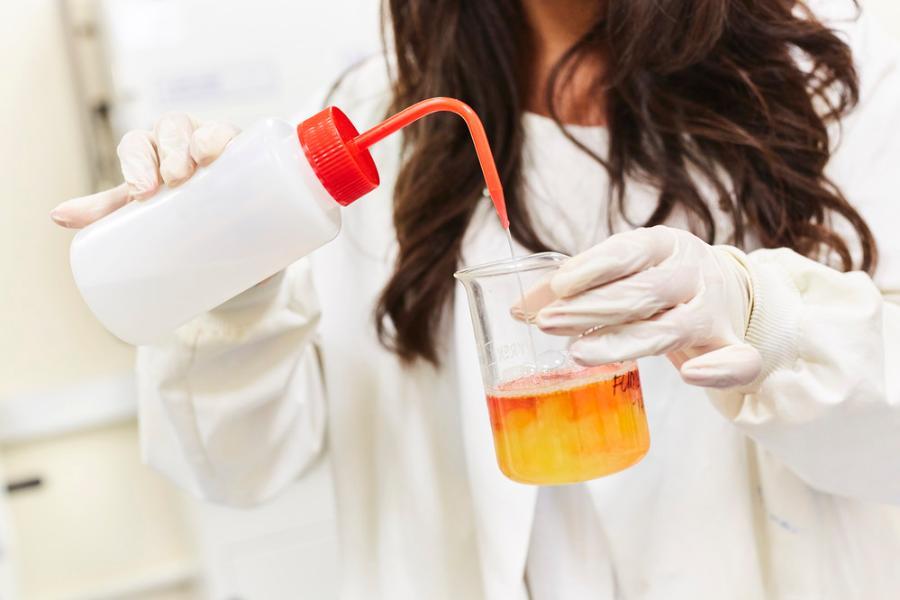
Dr S. Hickey, Dr W. Martin
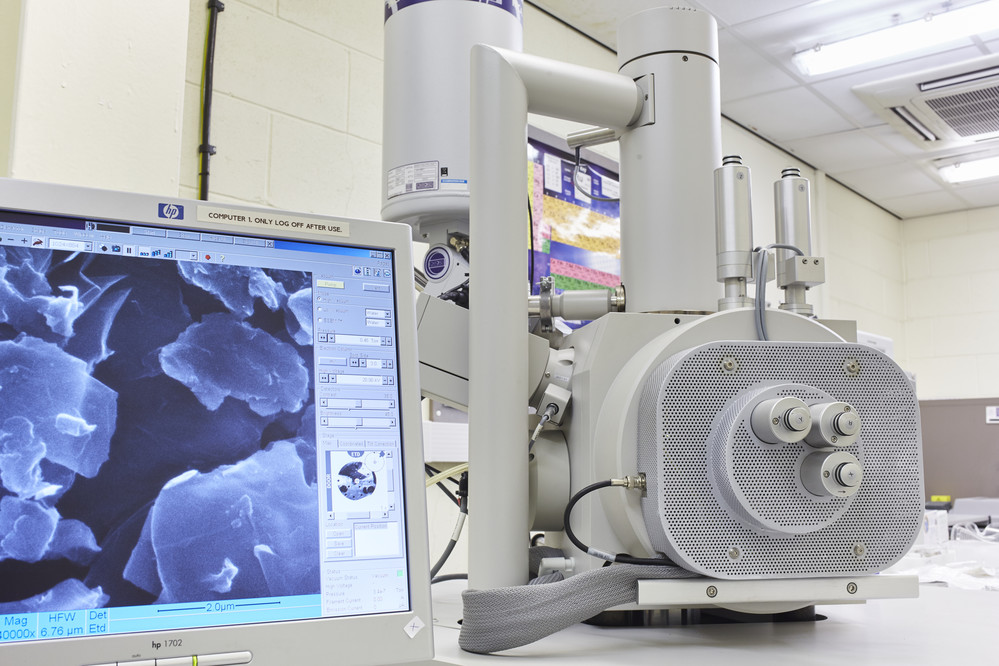
Dr S. Hickey, Dr W. Martin
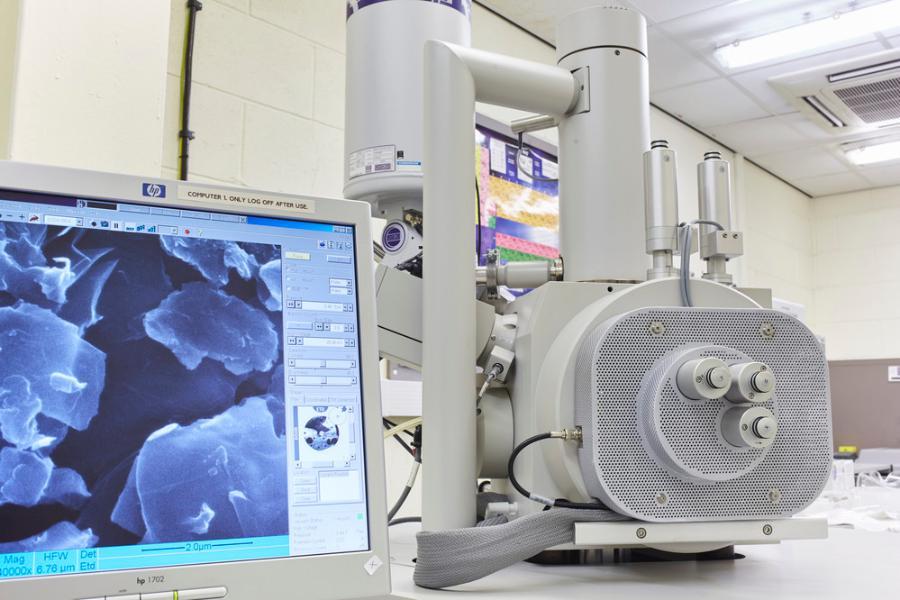
Dr Stephen Hickey, Dr William Martin
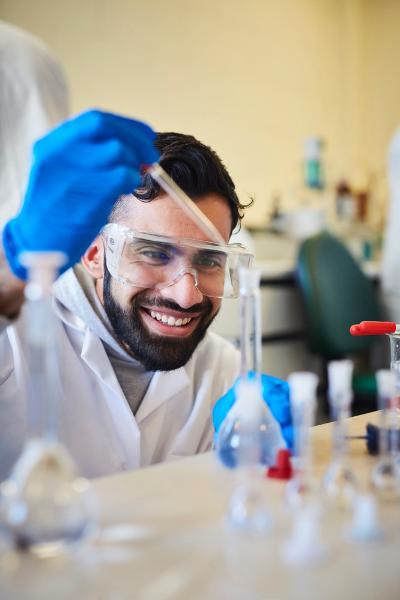
Dr Sanjit Nayak, Prof. Stephen Rimmer
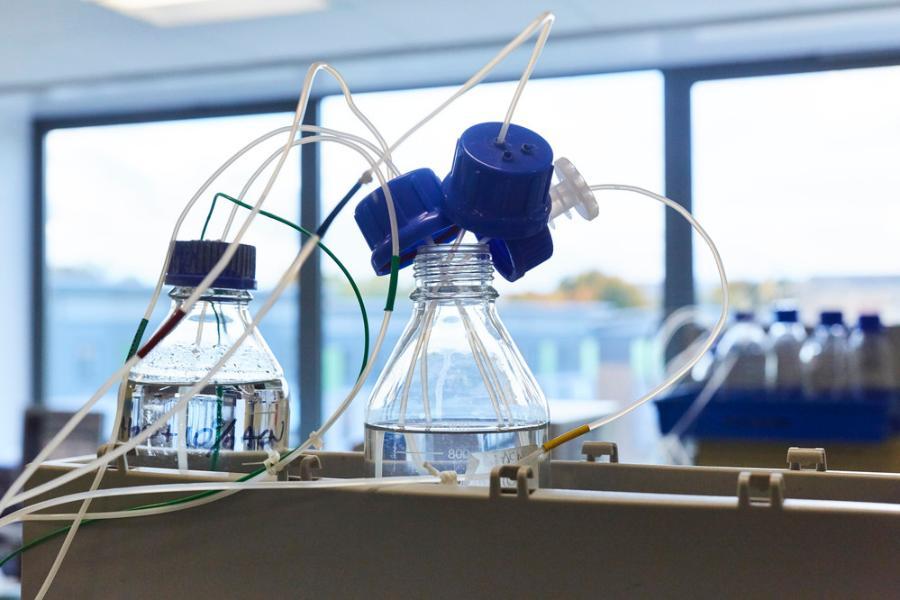
Dr Sanjit Nayak, Dr Colin Seaton
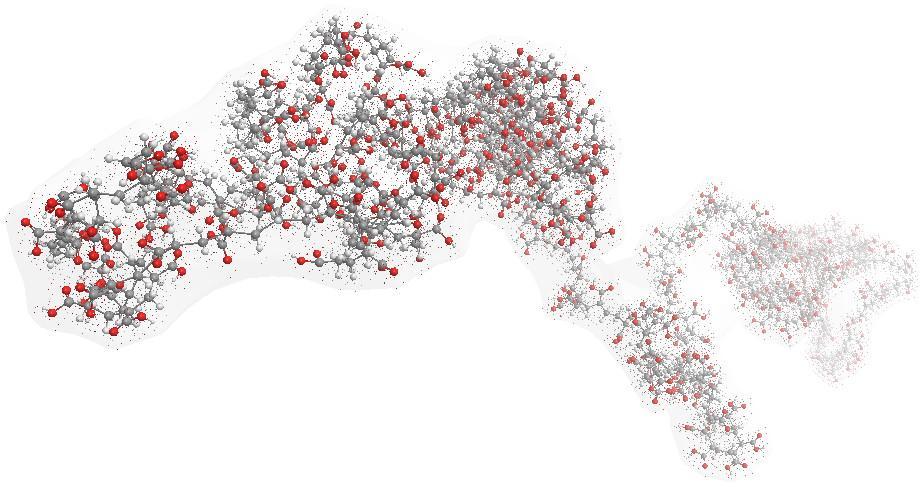
Dr T. Swift, Dr C. Seaton
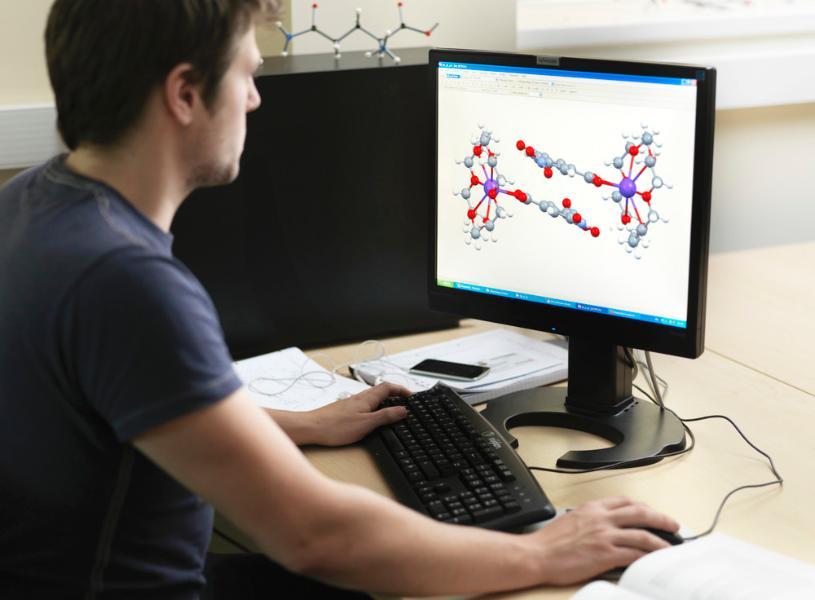
Dr Sanjit Nayak, Dr Colin Seaton
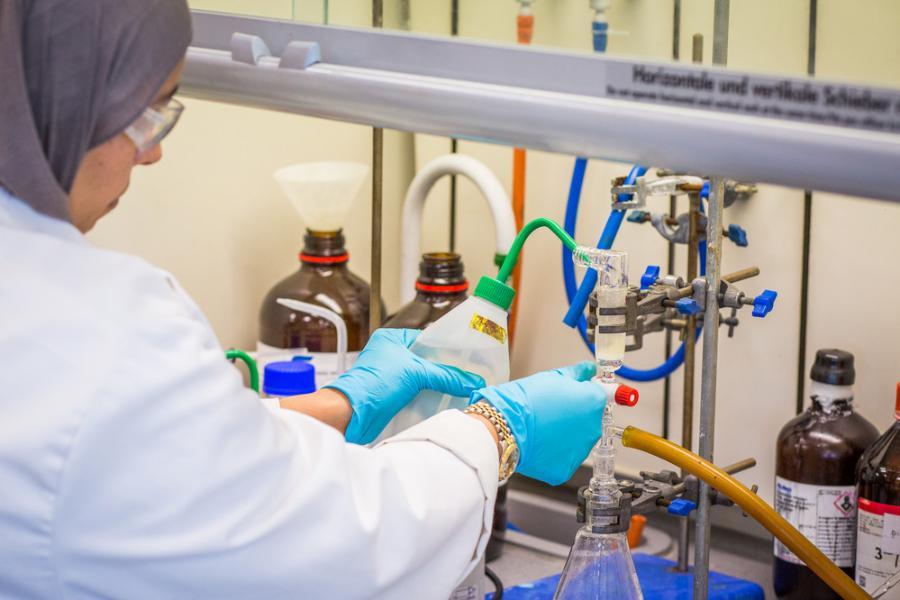
Prof S. Rimmer, Dr W. Martin

Dr Colin Seaton,
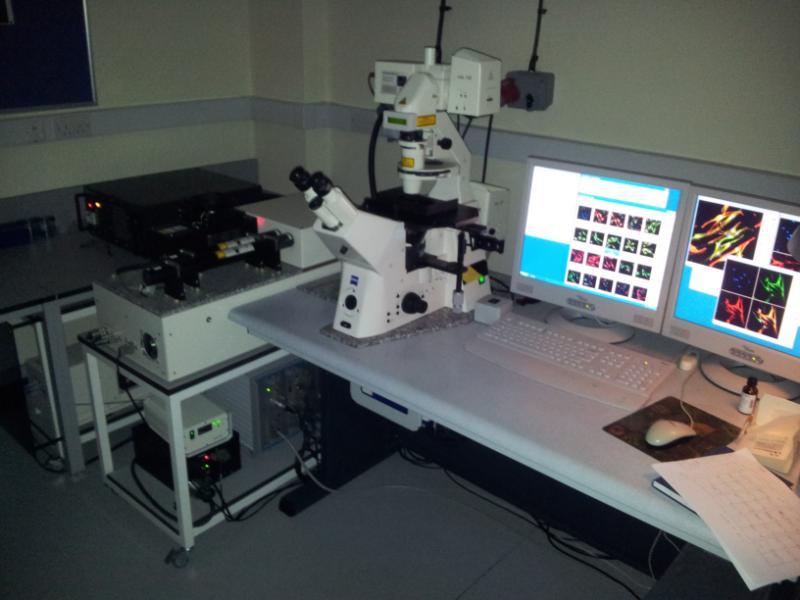
Dr Kirsten Suman-Riches, Dr Julie Thornton

Dr Colin Seaton
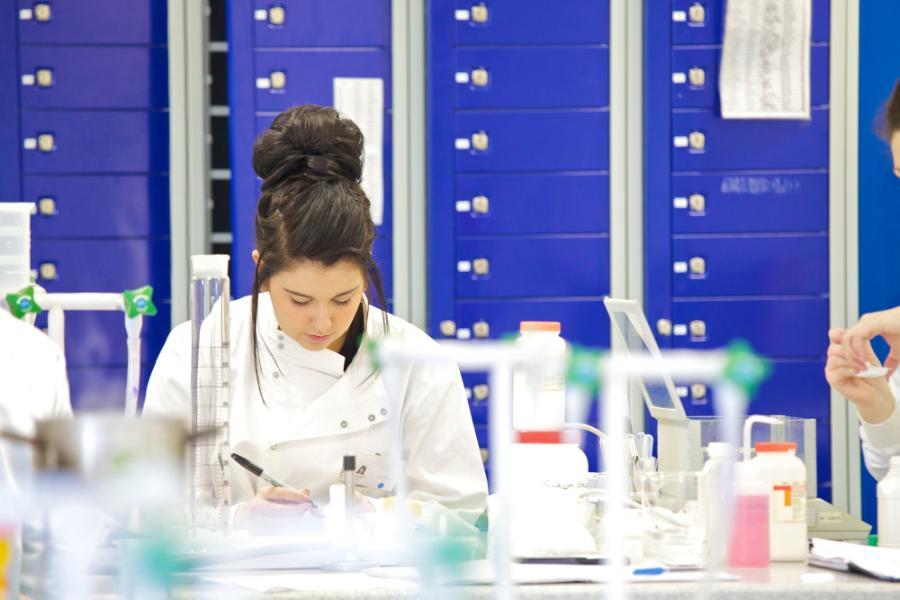
Dr Mojgan Najafzadeh, Prof Diana Anderson, Dr Mohammad Isreb
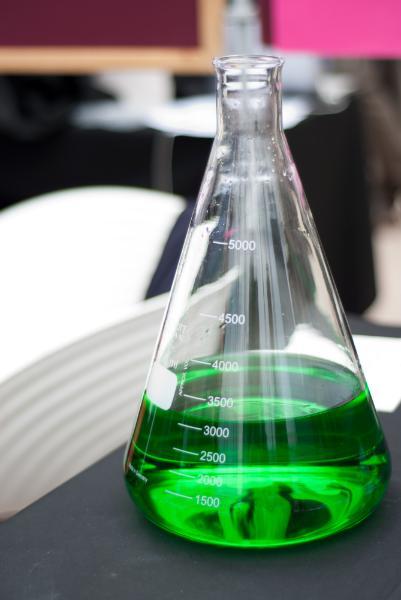
Prof. Anant Paradkar, Dr Adrian Kelly, Dr Colin Seaton, Dr Sriharsha Kantamneni
Applications
Supporting documents
Along with an application form the following supporting documents are normally required:
- Degree certificates/transcripts
- Two references
- Evidence of English language (if required) - please see our requirements
- A copy of your passport
- Up-to-date CV or resumé
If you apply for a PhD online, there is a facility to upload these documents at the end of the process. We prefer you to submit your application form and supporting materials electronically. This will help us to process your application more rapidly.
Online applications
To apply, please complete our online application form.
Online applications will be sent automatically to the Research Office.
Application queries
For queries regarding research degree applications, please contact our Admissions Office: [email protected]
View details of the Code of Practice for Research Students.
Start date
The majority of research students start in September, but it may be possible to start with effect from February or another date by agreement.
Typical periods of registration for full-time research are fifteen months (minimum twelve) for an MPhil, and three years minimum for a PhD.
Induction
When you join the University of Bradford you will take part in both a University wide and a faculty based Induction Programme, which is a requirement for all full-time and part-time research students. This will help you understand the academic and social environment here, and give you an introduction to all the services, support and training available to you.
Details of the University wide programme and session timetables can be found on the University Research induction website.
Following this you would also undertake a comprehensive induction programme organised by the Faculty of Life Sciences. Full details will be provided before you start.
Development
The following short courses are available from the Research Support Unit:
- Costing Your Research Grants
- Winning Grant Funding
Useful Contacts before Applying

PGR Admissions Officer
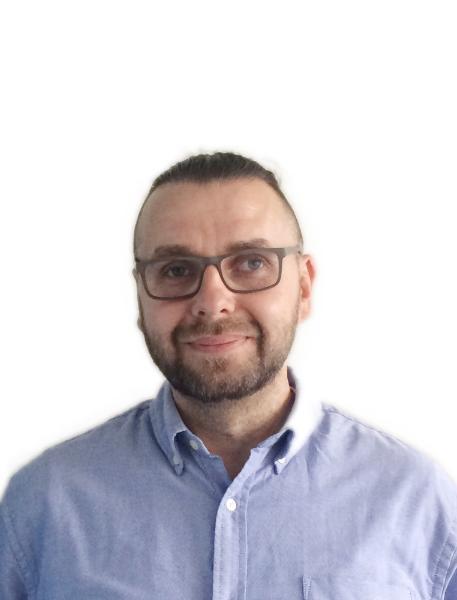
Professor in Bioinformatics

